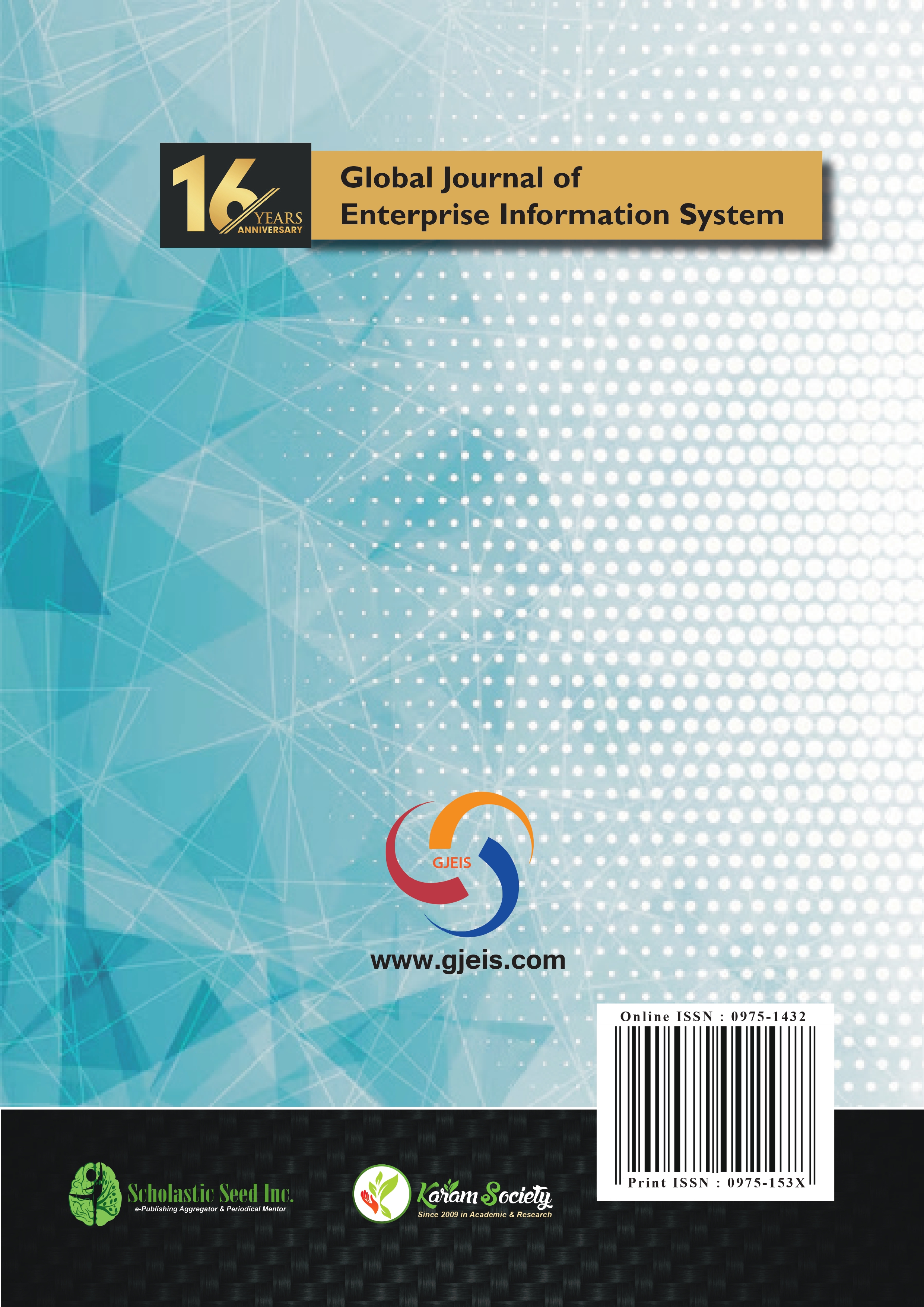Understanding the Technologies for Cashless Economy on Nigeria’s GDP Growth: Post COVID – 19
Abstract
Purpose: Nigerians faced some challenges regarding the conventional commercial practices
of incompatible and nonconvertible currencies that restricted payments while trying to
unlock the commercial potentials of the expanding market place during the lockdown of
the COVID-19 pandemic. This raises great fear about the impending loss to the GDP as
critics have maintained that electronic replicas of the conventional payment instruments
received low patronage because they are not well suited for the average citizen as the speed
required in e-commerce purchase processing are too slow for micropayments; and the high
transaction costs involved in processing them also add greatly to the overhead. This has
motivated this study to investigate the frequency of electronic payments made during the
COVID 19 lockdown in Nigeria and its impact on the GDP.
Design/Methodology/Approach: To achieve this, we first synthesized papers from World
Bank reports, Central Bank of Nigeria (CBN), and the European Central Bank, (ECB).
The study then adopted a descriptive survey research design with sample size of 224.
Purposive random sampling was used to select 12 electronic payment channels. Data was
collected using a structured questionnaire as well as sources from the CBN bulletins and
statistics. The Data collected through the questionnaire was analysed using mean whereas
data collected through CBN bulletins and statistics was analysed using Gretl Econometric
software and SPSS version 2.0. In testing the hypotheses T-Test for paired samples was
employed. Estimation of GDP growth was done using the OLS multiple regression model.
However, throughout the literature, we try to portray a constructive relationship between the
use of the 12 electronic payment channels studied and their relationship to GDP growth.
Findings: The findings reveal that electronic payment system significantly positively
contributed to economic growth in terms of real GDP per capita during the COVID – 19
lockdown more than other years. The findings also show that NIP contributed highest to
GDP growth while M-CASH channel contributed the least.
Originality/Value: The paper contributes in investing the frequency of electronic payments
in lockdown of Nigerian people and their impact on country’s GDP. The results of the
study are based on the quantitative analysis of primary data and robust statistical analysis
is used to justify the relevance and framed objectives of the study
Paper Type: Empirical Research Paper
Copyright (c) 2020 Global Journal of Enterprise Information System

This work is licensed under a Creative Commons Attribution-NonCommercial-NoDerivatives 4.0 International License.








